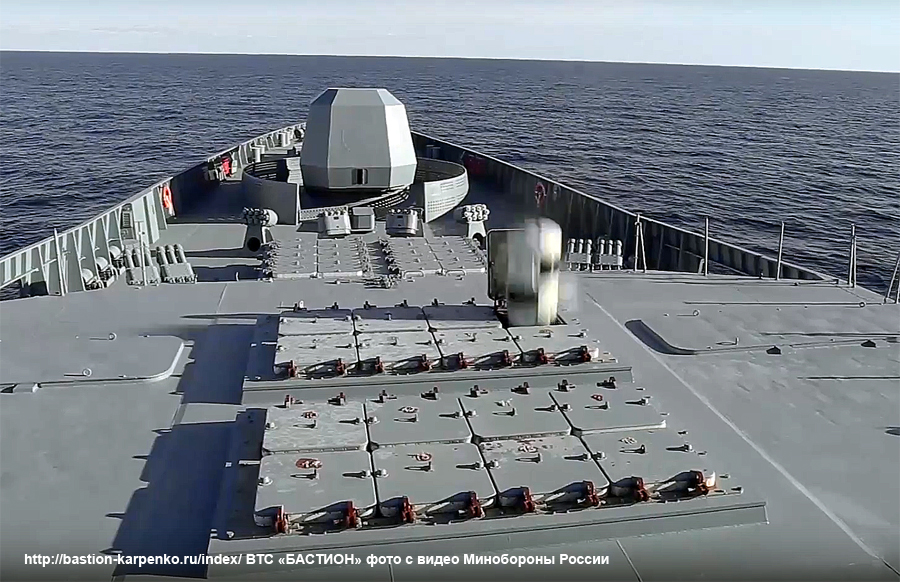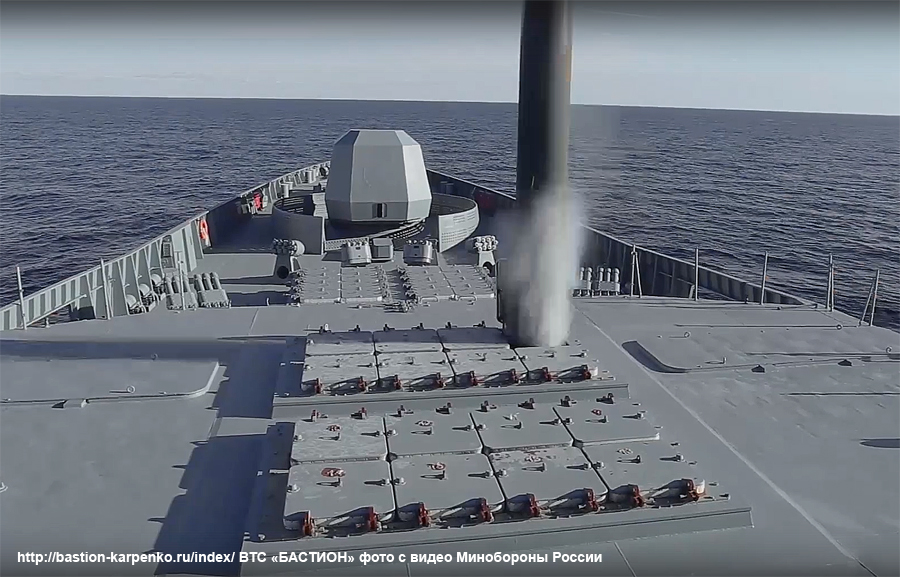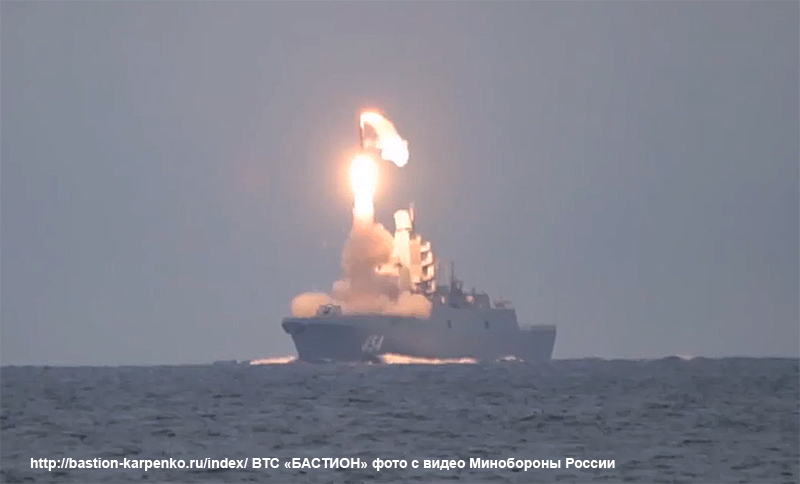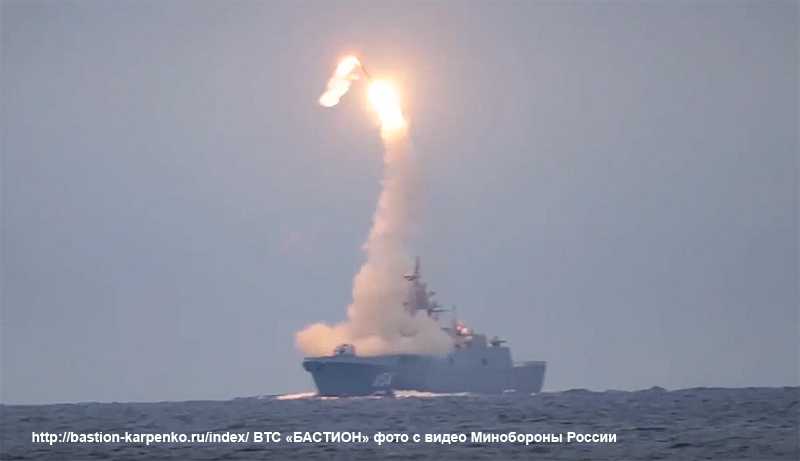 GarryB Thu Oct 08, 2020 5:49 am
GarryB Thu Oct 08, 2020 5:49 am
Both Onyx and Zircon use ramjet engines so both will have fairings over the front of them that cover and protect their air intakes before and during launch.
The engine thrust of the missiles is fixed but obviously fully variable, just like any jet powered airplane.
The first 450km of its flight it will be operating at max weight with full fuel tanks... hitting a target 450km away means likely hitting the target with half full fuel tanks.
Targets that are further away will use up more of that fuel and will allow the missile to accelerate.
A jet engine limits the speed of an aircraft so a high bypass turbofan like on an airliner or transport plane will never become supersonic no matter what flight weight or fuel status it gets to in its flight, but a supersonic combustion ramjet has no practical upper speed limit so as it burns fuel it gets lighter and lighter so it should get faster and faster too... of course as it gets lighter it can reduce its throttle a bit to maintain speed and then as it gets to the radar horizon of the target ramp up to full thrust and accelerate to max speed as it approaches the target.
28km is not a very high operational altitude which would also effect top speed as well.
It looks identical to the Onyx launch.
It should... gas capsule blows it out of the tube and into the air where a nose mounted rocket thruster turns the missile towards the targets direction and then counter thrusters stop it from rolling too far and flying into the ground while the main solid rocket engine lights up a charge and rocket thruster jettisons the nose cap covering the main ramjet engine intake, while the main solid rocket motor lights up and accelerates the missile on its way towards its target....
The difference is that Onyx (and Yakhont and Brahmos) have a round air intake with a pointy nose with a radar in it sticking out the centre with a ramjet engine... once the solid rocket engine burns out the guts is ejected and the ramjet starts up to accelerate the missile as it climbs and accelerates towards the target.
The Zircon has a more sophisticated likely square or rectangular air intake with a pointy nose with a radar and a scramjet motor... once the solid rocket motor burns out the Scramjet motor powers up and accelerates the missile to much higher altitudes and higher flight speeds.
As the ramjet gets faster and faster it has to constrict the airflow going into the engine so when fuel is added it burns subsonically... in the scramjet the airflow is carefully controlled to allow the air to flow through the hot section at supersonic speeds and to burn fuel there generating much faster exhaust air and much more thrust at high speeds... meaning it can accelerate much faster and to much greater speeds.
 That's like having the ability to shoot down satellites (ASAT) but completely lack the ability to launch satellites in to orbit!
That's like having the ability to shoot down satellites (ASAT) but completely lack the ability to launch satellites in to orbit!  Those drones also lack swarming wolf-pack algorithms that Federation AshM's have, despite the fact that Uncle Sham has advertised ad nauseam about their ability to create swarming drones.
Those drones also lack swarming wolf-pack algorithms that Federation AshM's have, despite the fact that Uncle Sham has advertised ad nauseam about their ability to create swarming drones. 
 Or the range.
Or the range.  Or the obscuring stealth elements of their launch vehicles that Federation systems like Bastion and Bal come equipped with.
Or the obscuring stealth elements of their launch vehicles that Federation systems like Bastion and Bal come equipped with. 



 Isos
Isos









